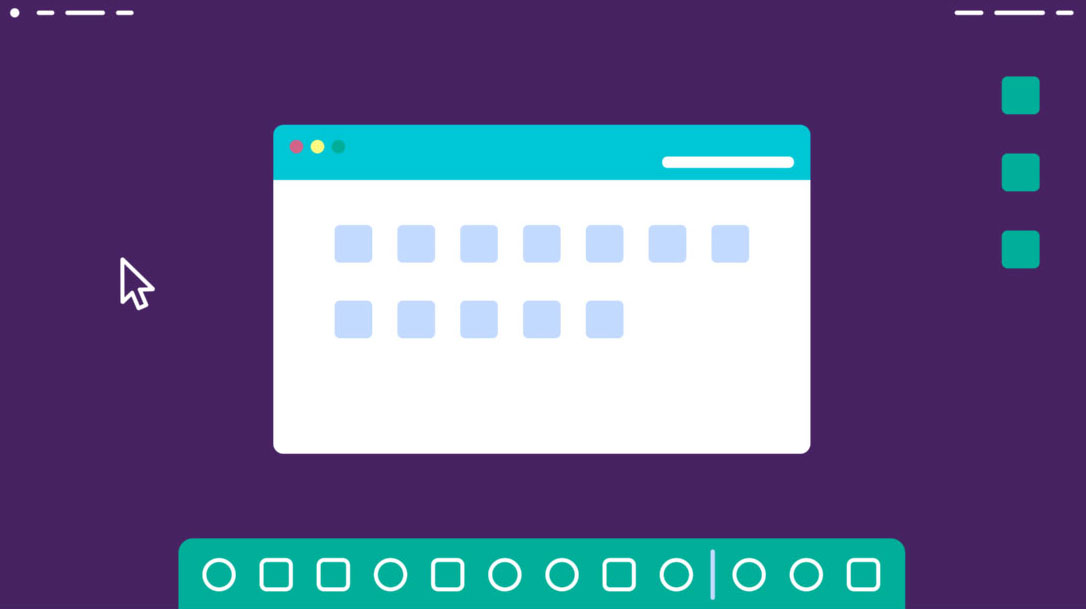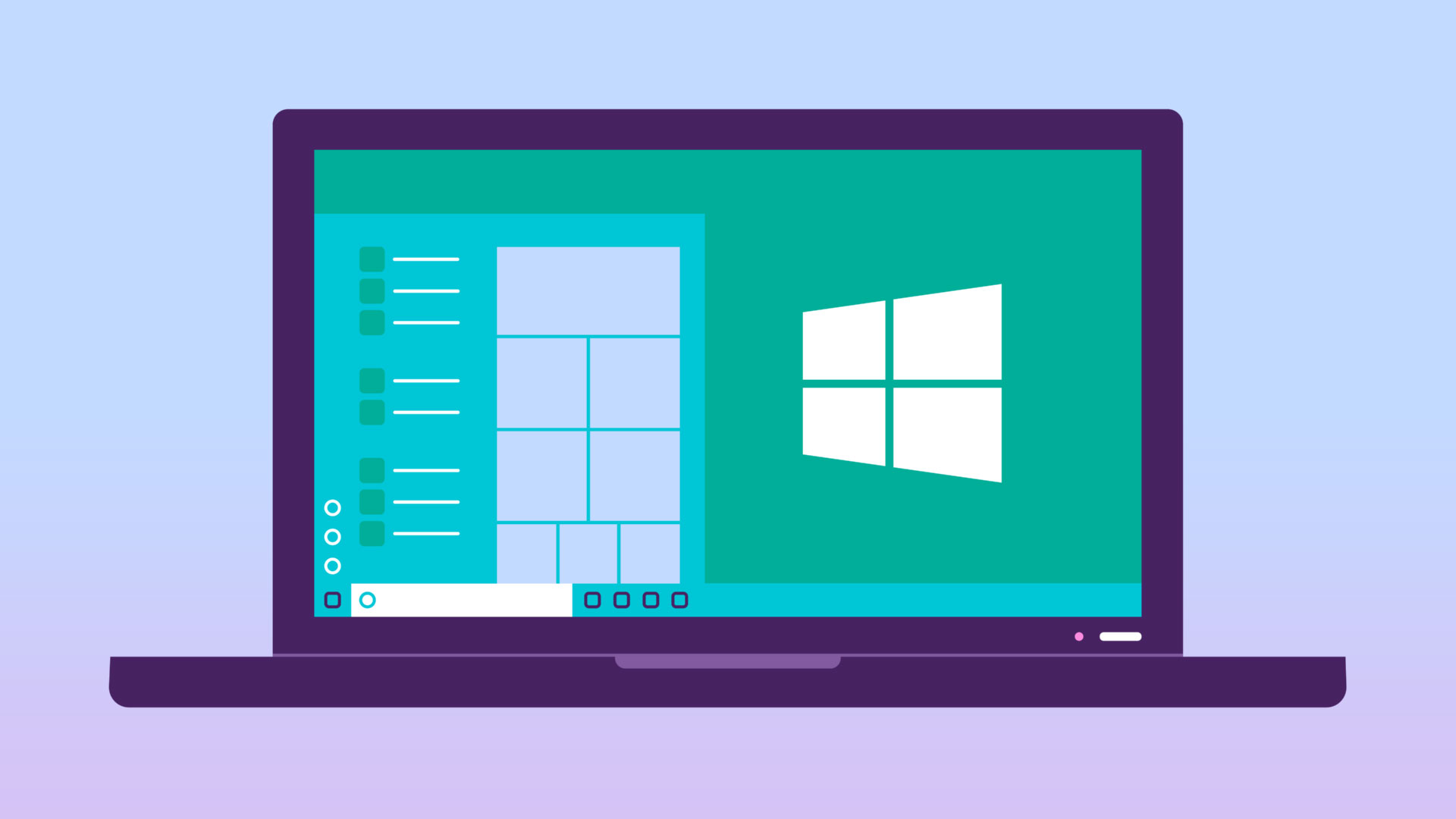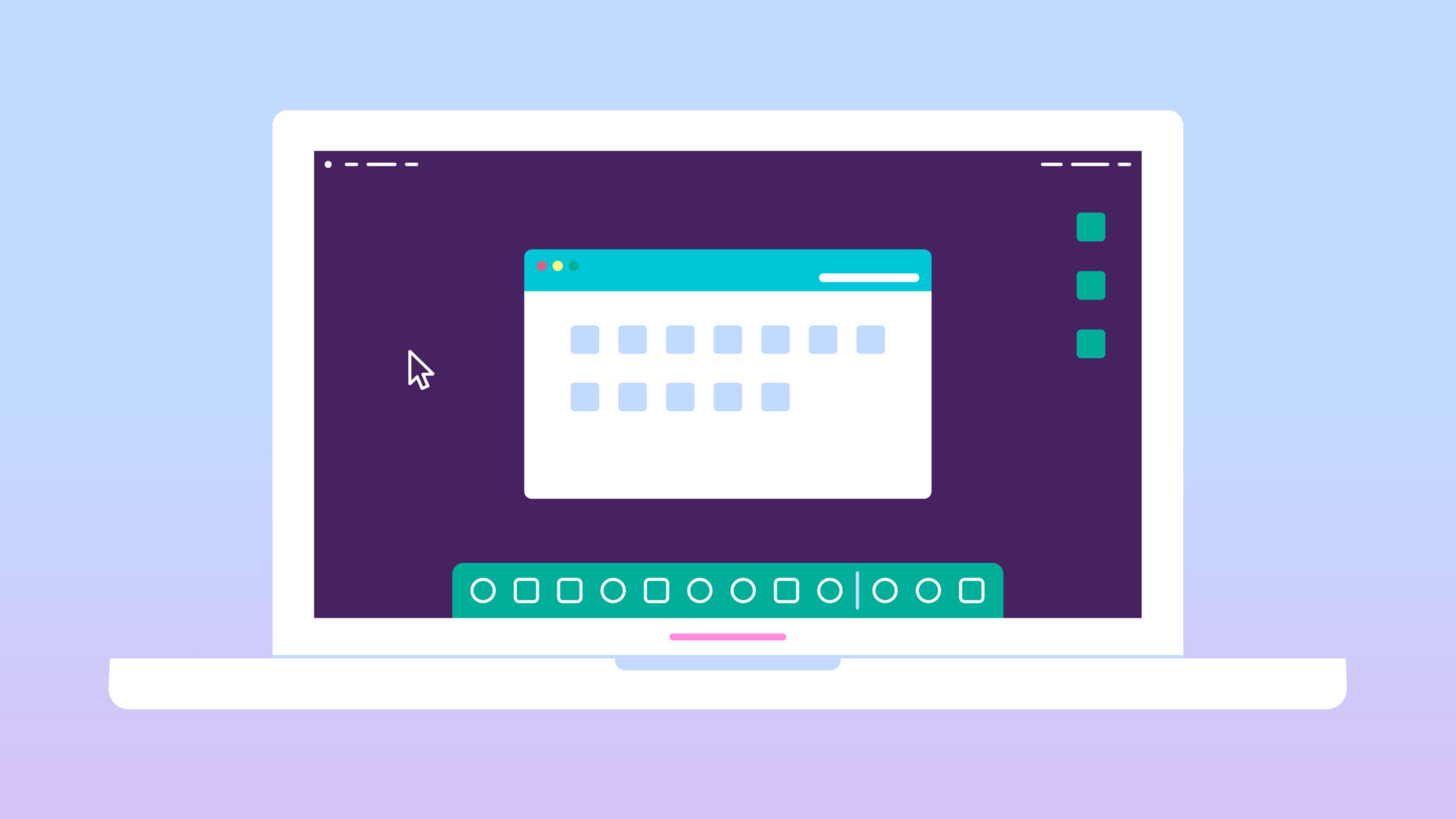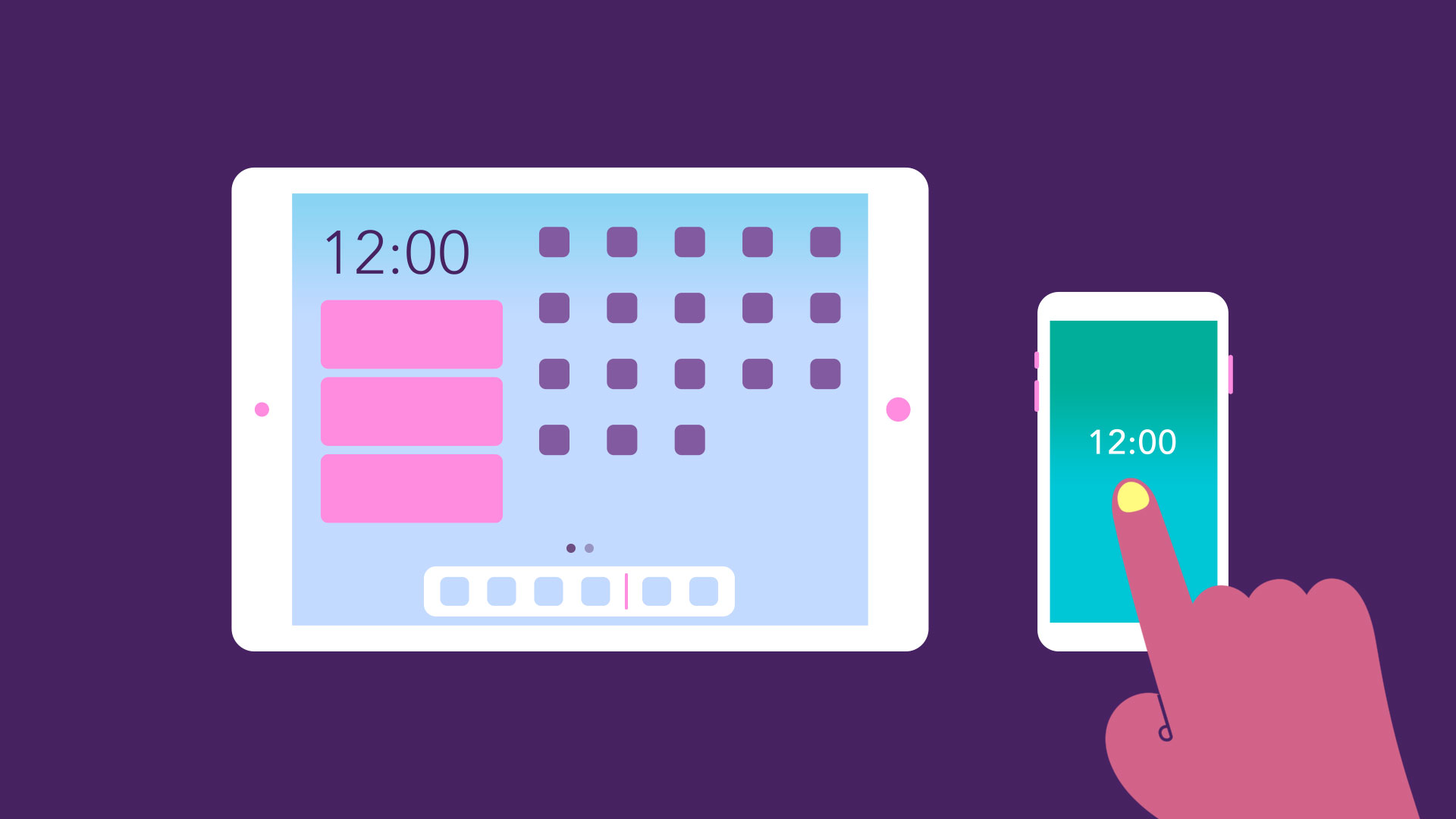Содержимое
Operating System
Operating system definition and examples of modern operating systems
An operating system is a powerful, and usually large, program that controls and manages the hardware and other software on a computer.
All computers and computer-like devices require operating systems, including your laptop, tablet, desktop, smartphone, smartwatch, and router.
Not sure what operating system you’re running? Use the Lifewire System Info Tool below to find out!
Examples of Operating Systems
Laptops, tablets, and desktop computers all run operating systems that you’ve probably heard of. Some examples include versions of Microsoft Windows (like Windows 10, Windows 8, Windows 7, Windows Vista, and Windows XP), Apple’s macOS (formerly OS X), Chrome OS, BlackBerry Tablet OS, and flavors of Linux, an open-source operating system.
Your smartphone runs a mobile operating system, probably either Apple’s iOS or Google’s Android. Both are household names but you may not have realized that they are the operating systems running on those devices.
Servers, like those that host the websites you visit or serve the videos you watch, typically run specialized operating systems, designed and optimized to run the special software required to make them do what they do. Some examples include Windows Server, Linux, and FreeBSD.
Software & Operating Systems
Most software applications are designed to work with just one company’s operating system, like just Windows (Microsoft) or just macOS (Apple).
A piece of software will clearly say which operating systems it supports and will get very specific if necessary. For example, a video production software program might say it supports Windows 10, Windows 8, and Windows 7, but does not support older versions of Windows like Windows Vista and XP.
Software developers also often release additional versions of their software that work with other operating systems. Coming back to the video production program example, that company might also release another version of the program with exactly the same features but that only works with macOS.
It’s also important to know whether your operating system is 32-bit or 64-bit. It’s a common question you’re asked when downloading software. See How to Tell If You Have Windows 64-bit or 32-bit if you need help.
Special types of software called virtual machines can actually mimic «real» computers and run different operating systems from within them. See What Is a Virtual Machine? for more on this feature.
Operating System Errors
There are a number of ways that an operating system itself can become corrupted or damaged but these issues are relatively rare.
In Windows, the most severe is the Operating System Not Found error message and implies that one can’t even be found!
Operating System Updates
All modern operating systems have a built-in mechanism to keep the software updated. In Windows, this is done through Windows Update. Other operating systems work similarly, like when you update the Android OS or install iOS updates.
Keeping an operating system up to date with the newest features is important so that you’re getting the most out of what you paid for. Getting security fixes is another crucial reason to make sure your OS is always updated; this can help prevent hackers from getting into your device.
Computer Basics —
Understanding Operating Systems
Lesson 8: Understanding Operating Systems
What is an operating system?
An operating system is the most important software that runs on a computer. It manages the computer’s memory and processes, as well as all of its software and hardware. It also allows you to communicate with the computer without knowing how to speak the computer’s language. Without an operating system, a computer is useless.
Watch the video below to learn more about operating systems.
Looking for the old version of this video? You can still view it here.
The operating system’s job
Your computer’s operating system (OS) manages all of the software and hardware on the computer. Most of the time, there are several different computer programs running at the same time, and they all need to access your computer’s central processing unit (CPU), memory, and storage. The operating system coordinates all of this to make sure each program gets what it needs.
Types of operating systems
Operating systems usually come pre-loaded on any computer you buy. Most people use the operating system that comes with their computer, but it’s possible to upgrade or even change operating systems. The three most common operating systems for personal computers are Microsoft Windows, macOS, and Linux.
Modern operating systems use a graphical user interface, or GUI (pronounced gooey). A GUI lets you use your mouse to click icons, buttons, and menus, and everything is clearly displayed on the screen using a combination of graphics and text.
Each operating system’s GUI has a different look and feel, so if you switch to a different operating system it may seem unfamiliar at first. However, modern operating systems are designed to be easy to use, and most of the basic principles are the same.
Microsoft Windows
Microsoft created the Windows operating system in the mid-1980s. There have been many different versions of Windows, but the most recent ones are Windows 10 (released in 2015), Windows 8 (2012), Windows 7 (2009), and Windows Vista (2007). Windows comes pre-loaded on most new PCs, which helps to make it the most popular operating system in the world.
Check out our tutorials on Windows Basics and specific Windows versions for more information.
macOS
macOS (previously called OS X) is a line of operating systems created by Apple. It comes preloaded on all Macintosh computers, or Macs. Some of the specific versions include Mojave (released in 2018), High Sierra (2017), and Sierra (2016).
According to StatCounter Global Stats, macOS users account for less than 10% of global operating systems—much lower than the percentage of Windows users (more than 80%). One reason for this is that Apple computers tend to be more expensive. However, many people do prefer the look and feel of macOS over Windows.
Check out our macOS Basics tutorial for more information.
Linux
Linux (pronounced LINN-ux) is a family of open-source operating systems, which means they can be modified and distributed by anyone around the world. This is different from proprietary software like Windows, which can only be modified by the company that owns it. The advantages of Linux are that it is free, and there are many different distributions—or versions—you can choose from.
According to StatCounter Global Stats, Linux users account for less than 2% of global operating systems. However, most servers run Linux because it’s relatively easy to customize.
To learn more about different distributions of Linux, visit the Ubuntu, Linux Mint, and Fedora websites, or refer to our Linux Resources. For a more comprehensive list, you can visit MakeUseOf’s list of The Best Linux Distributions.
Operating systems for mobile devices
The operating systems we’ve been talking about so far were designed to run on desktop and laptop computers. Mobile devices such as phones, tablet computers, and MP3 players are different from desktop and laptop computers, so they run operating systems that are designed specifically for mobile devices. Examples of mobile operating systems include Apple iOS and Google Android . In the screenshot below, you can see iOS running on an iPad.
Operating systems for mobile devices generally aren’t as fully featured as those made for desktop and laptop computers, and they aren’t able to run all of the same software. However, you can still do a lot of things with them, like watch movies, browse the Web, manage your calendar, and play games.
To learn more about mobile operating systems, check out our Mobile Devices tutorials.

:max_bytes(150000):strip_icc()/tim-fisher-5820c8345f9b581c0b5a63cf.jpg)
:max_bytes(150000):strip_icc()/ryanperiansquare-de5f69cde760457facb17deac949263e-180a645bf10845498a859fbbcda36d46.jpg)
:max_bytes(150000):strip_icc()/reset-your-pc-complete-windows-10-56a6fadd3df78cf772913fe3.png)
:max_bytes(150000):strip_icc()/how-to-install-linux-mint-4173111-16-5b6a701846e0fb00508190be.jpg)
:max_bytes(150000):strip_icc()/001_2625912-5b883c4fc9e77c007b2a0fe7.jpg)





